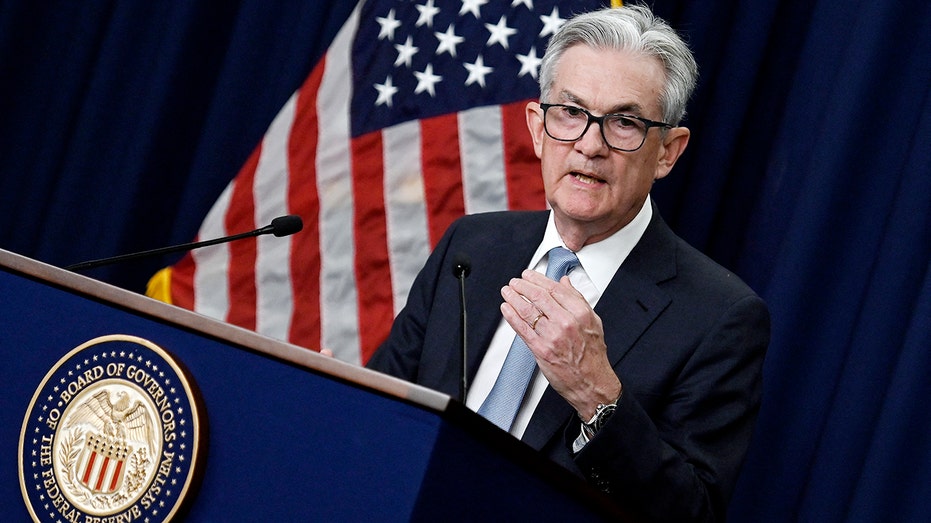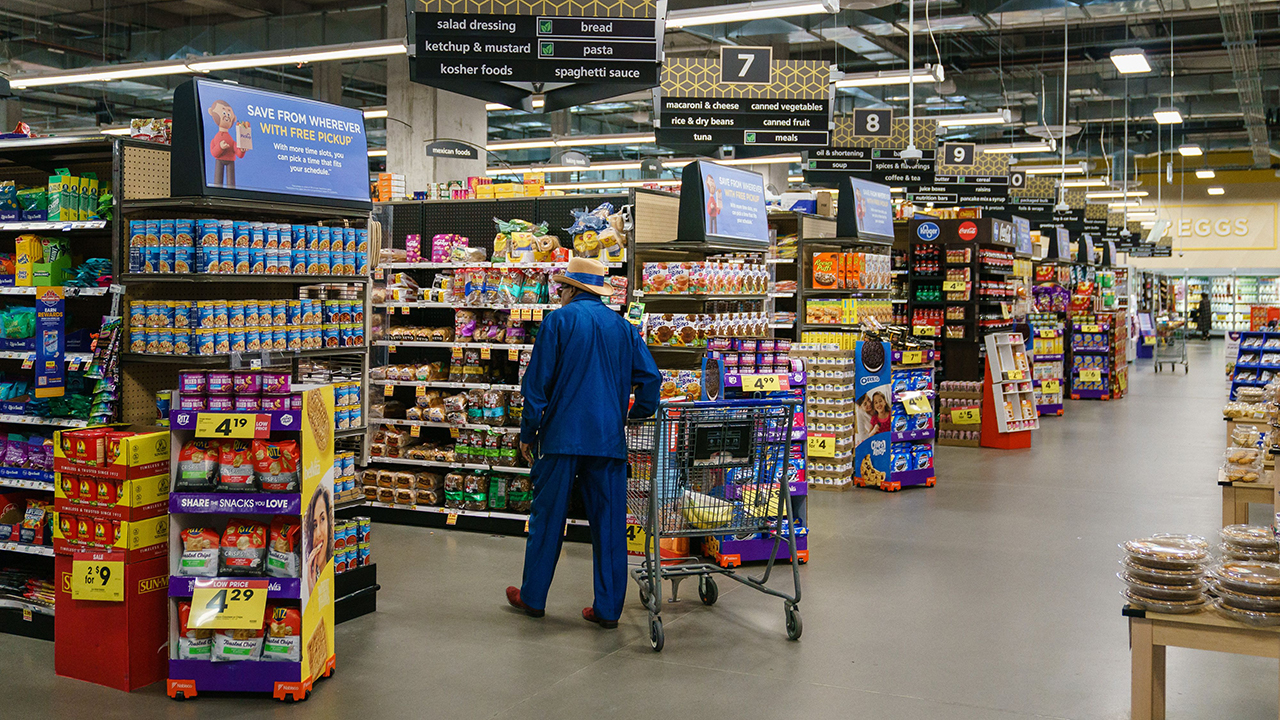Inflation holds grip on US economy in October as prices remain stubbornly high
Consumer prices continue to hover near a record-high, keeping pressure on the Fed
Fed has its work cut out in inflation fight, analyst warns
PGIM co-chief investment officer Greg Peters weighs what the future of the economy will look like following the Fed’s sixth rate hike.
Inflation cooled more than expected in October, but consumer prices remained near a multi-decade high, continuing to squeeze millions of U.S. households and small businesses.
The Labor Department said Thursday that the consumer price index, a broad measure of the price for everyday goods including gasoline, groceries and rents, rose 0.4% in October from the previous month. Prices climbed 7.7% on an annual basis.
Those figures were both lower than the 8% headline figure and 0.5% monthly increase forecast by Refinitiv economists, a potentially reassuring sign for the Federal Reserve as it tries to tame runaway inflation with a series of aggressive interest rate hikes. It marked the slowest annual inflation rate since January.
In another sign that suggests underlying inflationary pressures in the economy are starting to slow, core prices – which strip out the more volatile measurements of food and energy – climbed 0.3% in October from the previous month, down from 0.6% in September. From the same time last year, core prices jumped 6.3%.
Economists anticipated that core prices would climb 0.5% on a monthly basis and 6.3% from the previous year.
Stocks rallied on the better-than-expected report, with the Dow Jones Industrial Average climbing more than 700 points. The S&P 500 jumped 3.3%, while the Nasdaq Composite surged more than 4.5%.
"Inflation slowing to its lowest annual rate since January is news that both the Fed and investors can get behind," said Mike Loewengart, the head of model portfolio construction at Morgan Stanley. "But remember that even as we see a slowdown, prices remain elevated and have a long way to go before normalizing."
The report showed that used car prices tumbled last month, as did the cost of clothing, medical care and airline tickets. But even with the slowdown in inflation, prices remain well above the Fed's 2% target.
| Ticker | Security | Last | Change | Change % |
|---|---|---|---|---|
| I:DJI | DOW JONES AVERAGES | 48134.89 | +183.04 | +0.38% |
| I:COMP | NASDAQ COMPOSITE INDEX | 23307.620391 | +301.26 | +1.31% |
| SP500 | S&P 500 | 6834.5 | +59.74 | +0.88% |
Scorching-hot inflation has created severe financial pressures for most U.S. households, which are forced to pay more for everyday necessities like food and rent. The burden is disproportionately borne by low-income Americans, whose already-stretched paychecks are heavily impacted by price fluctuations.
Other price gains proved persistent and stubbornly high in October: The cost of groceries climbed 0.5%, putting the 12-month increase at 12.4%. Consumers paid more for items like cereal, bread, fresh fish and seafood, eggs and fresh vegetables, including tomatoes and lettuce.
THE FED'S WAR ON INFLATION COULD COST 1M JOBS
Shelter costs, which account for about 40% of the core inflation increase, rose 0.7% for the month and are up 6.9% over the past year, the fastest annual increase since 1982.

Shoppers are seen in a Kroger supermarket on Oct. 14, 2022, in Atlanta, Georgia. (Elijah Nouvelage/AFP via / Getty Images)
Rent costs jumped 0.8% over the month and 7.5% on an annual basis. Rising rents are a concerning development because higher housing costs most directly and acutely affect household budgets. Another data point that measures how much homeowners would pay in equivalent rent if they had not bought their home, climbed 0.7% in October from the previous month.
With food and shelter costs continuing to march higher, U.S. households are facing increased financial pressure. Average hourly earnings actually declined 0.1% in October on an inflation-adjusted basis. Compared with the previous year, earnings are down 2.8%, according to a separate BLS report.
The report will have significant implications for the Federal Reserve, which has embarked on one of the fastest tightening paths in decades. Policymakers have already approved six straight rate hikes, including four back-to-back 75-basis-point increases, and have shown no signs of slowing down.

Federal Reserve Chair Jerome Powell speaks during a news conference in Washington, June 15, 2022. (Olivier Douliery/AFP via / Getty Images)
"We still have some ways to go," Chairman Jerome Powell told reporters last week. "And incoming data since our last meeting suggests that the ultimate level of interest rates will be higher than previously expected."
Still, the cooler-than-expected October inflation report has buoyed investor hopes that the central bank will pivot to smaller rate increases beginning in December. More than 80% of traders are now pricing in a 50 basis point rate increase in December, rather than a larger 75-basis-point hike, according to the CME Group, which tracks trading.
CLICK HERE TO READ MORE ON FOX BUSINESS
"The October CPI reading encouragingly came in lower-than-expected, supporting the likelihood that the Fed dials back the size of the next rate increase to 50 basis points in December," said Nationwide chief economist Kathy Bostjancic. "However, one month’s results do not constitute a trend and the still elevated inflation rates will keep the Fed in a hawkish mindset."





















